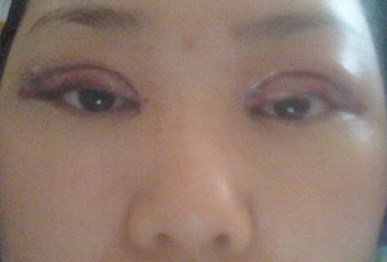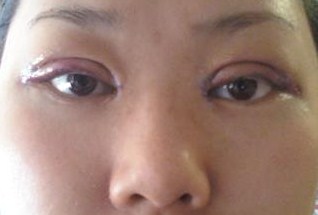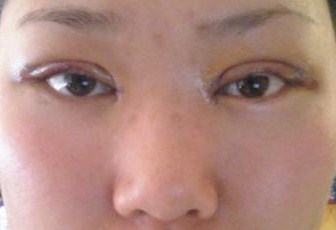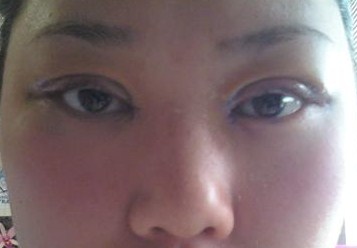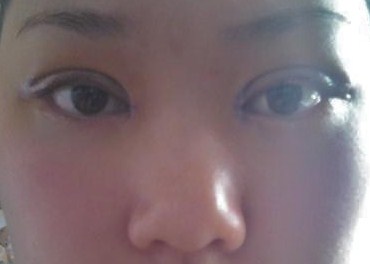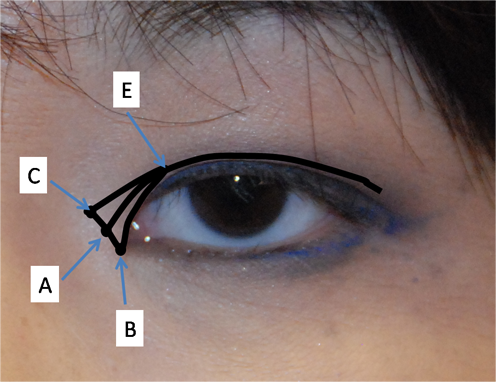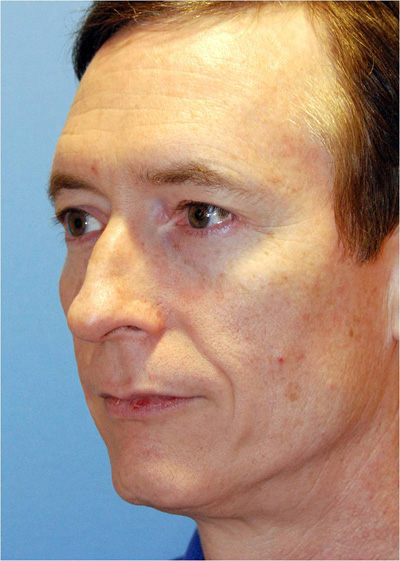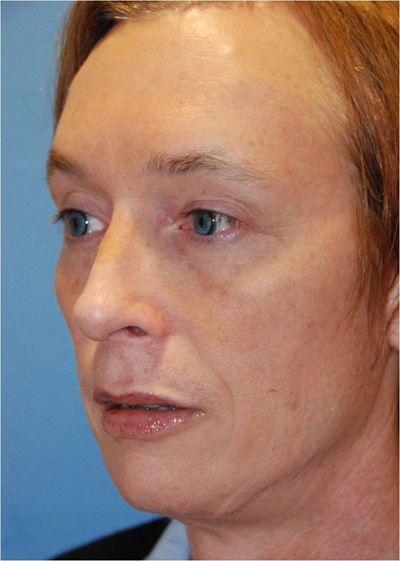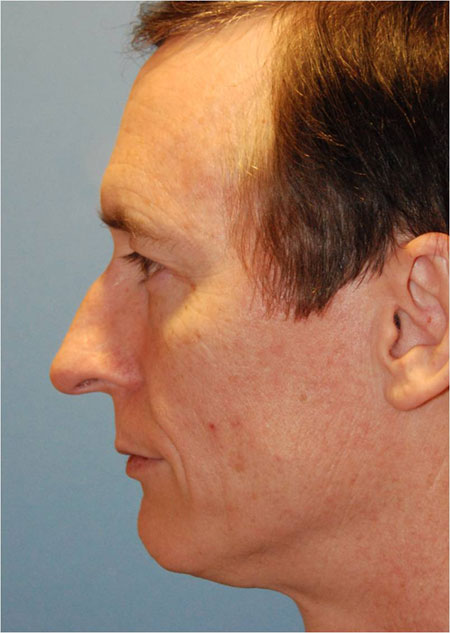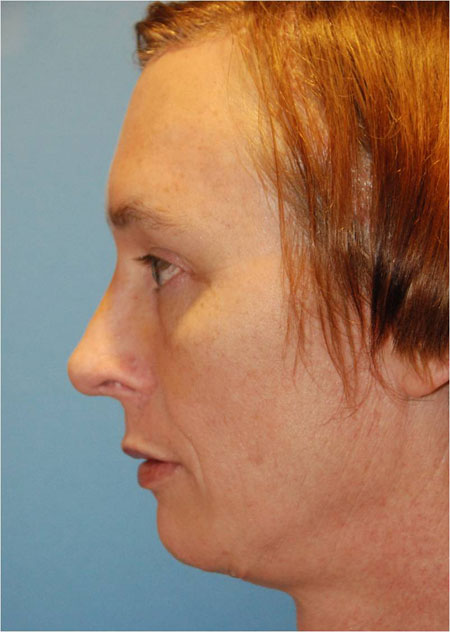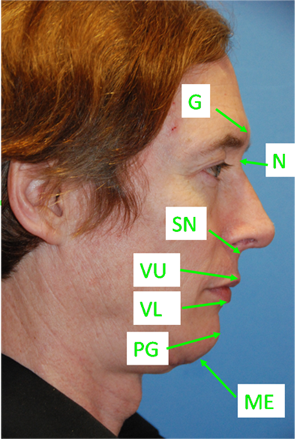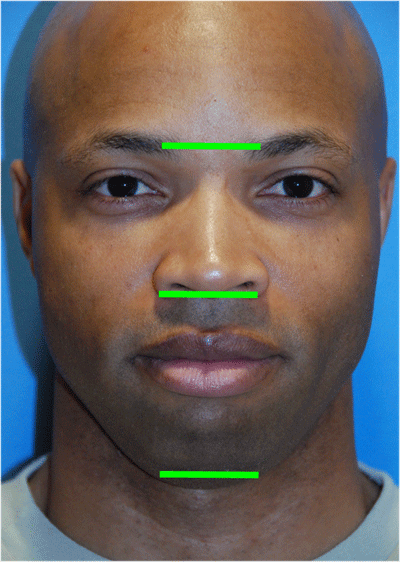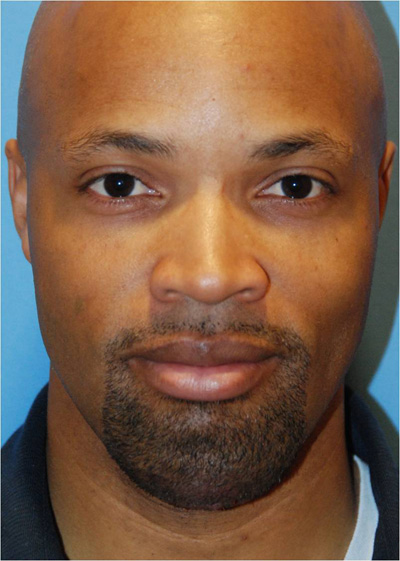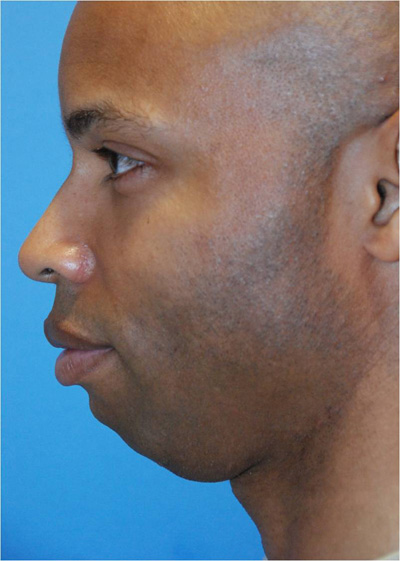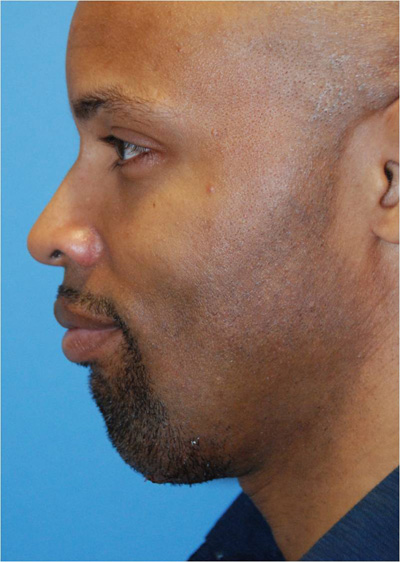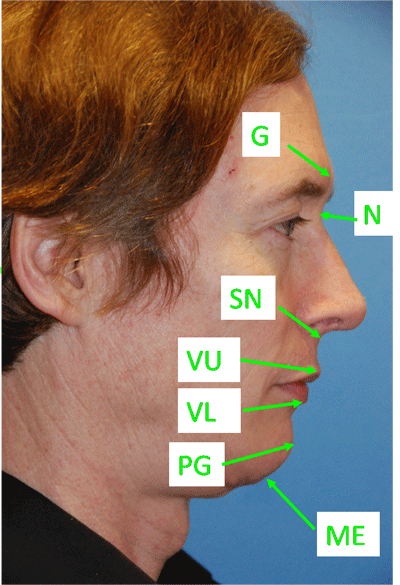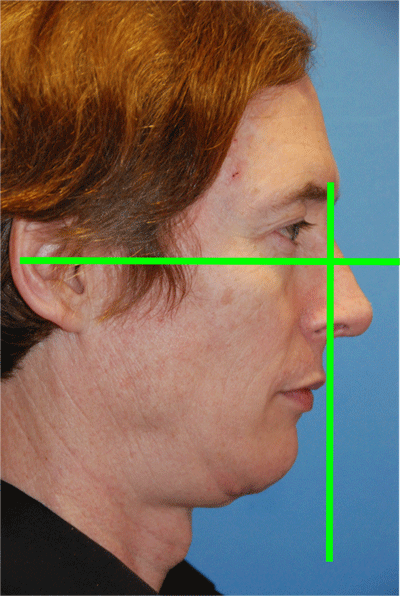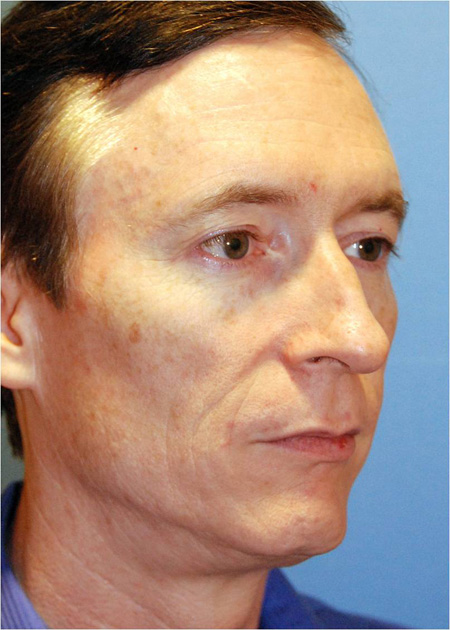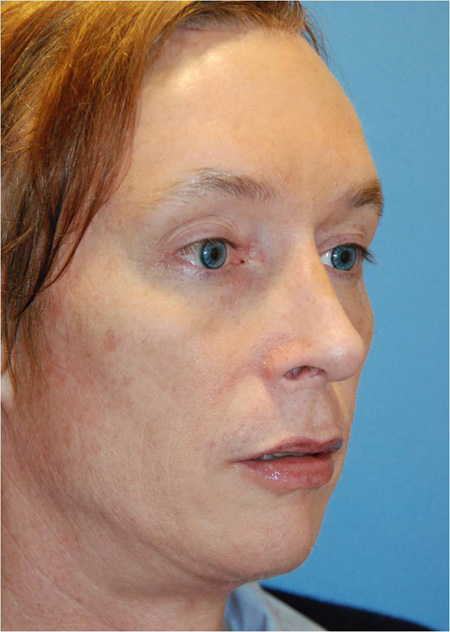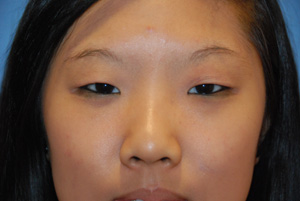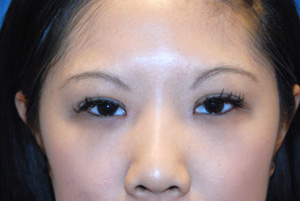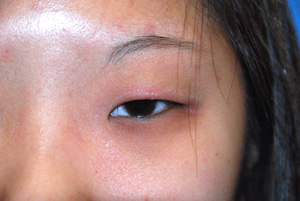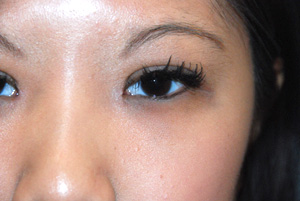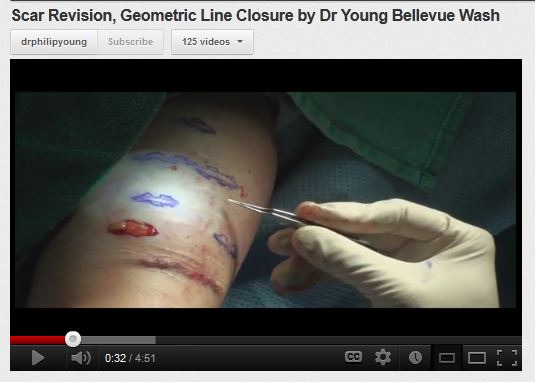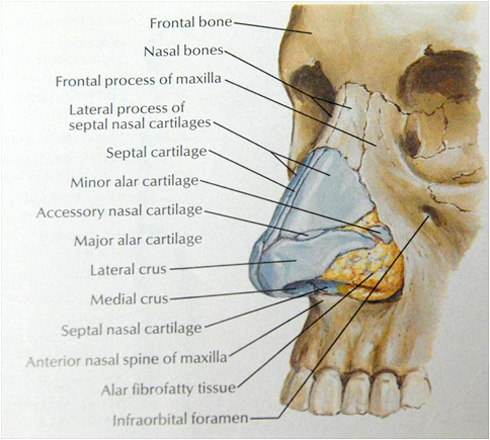I thought that this would be a nice way for people to see how they could potentially recover from Asian Blepharoplasty / Double Eyelid Crease Formation and Medial Epicanthoplasty Procedures (Philip Young MD is in Bellevue, Washington). Below are some pictures after we completed these procedures for someone. I will update these photos as more come in and time permitting. One thing you can see is the swelling and the bruising. Some of the effects of the procedure on the eyelid will make the muscles that opens up the eyelid weaker from the manipulation. This droopiness of the eyelid is called ptosis. This is a very common occurance and will recover completely in days to weeks at most. Sometimes this can last longer but is more rare. You can see that her ptosis is rapidly improving over just a couple of days. The incisions near her epicanthus or fold in the middle of the eye is from the procedure called the medial epicanthoplasty. We explain these procedures in more detail in other blogets in the this main blog site. We also have a video demonstrating these procedures for you to see.
Thanks for reading,
Dr Young
Dr Young specializes in Facial Plastic and Reconstructive Surgery and is located in Bellevue near Seattle, Washington
